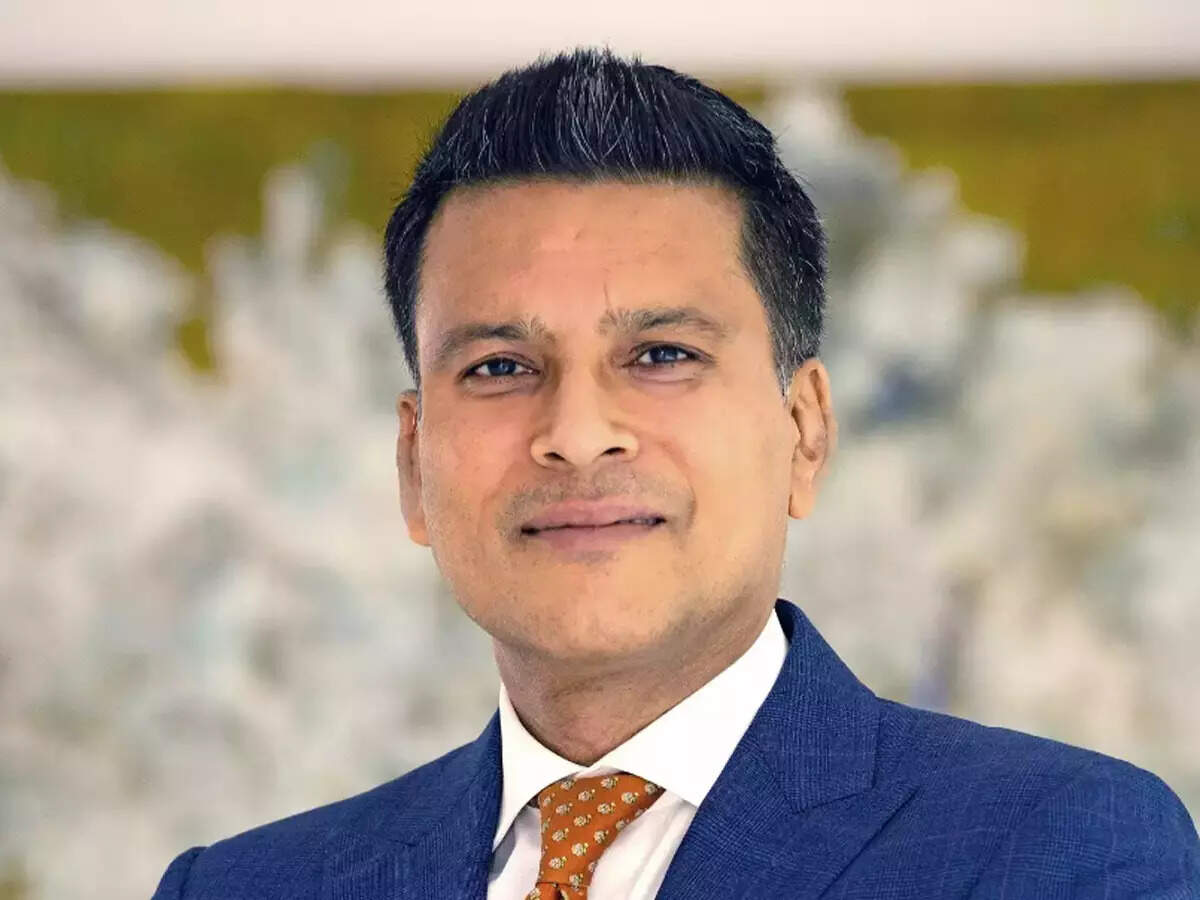
In an interview to ET Now, Prashant Jain, Joint MD & CEO, JSW Energy, shares his business outlook and talks about India’s energy challenge. Edited excerpts:
ET Now: How is JSW Energy gearing up for capacity expansion?
Prashant Jain: In the last two decades, the power demand elasticity to the GDP has been 1:1. But a lot has changed in the last two decades. There is complete electrification that has happened in the entire country. The second is, the transmission and distribution losses are behind us. The energy efficiency drive is behind us. All that has eaten out some of the power demand elasticity.
So, probably we am going to see 1.2 to 1.25 times of power demand to GDP elasticity. If GDP is going to grow around 6.5-7% over the next one decade, then power demand can be there around 8-8.5%. But even if you are being very conservative, you will be seeing 6.5-7% power demand as compared to what you saw 5% in the last two decades.
The other side is supply. Last year you said supply was not catching up with demand. How long do you see this mismatch continuing?
It is a big question. Last month we saw the peak power deficit at close to 10.5-11%. The same deficit we saw in 2004-2005. But remember, in 2004-2005 our grid was around 75GW, while today it is 200GW. So the same percentage of the power deficit at 200GW would now account for 20GW. It is a meaningful thing.
India is facing two challenges. One is energy transition, and the second is incremental demand. India is the third largest power market in the world, but it is the fastest growing. Now if you are talking about even 7-8% demand growth, you are talking about 17-18GW. If you want to meet that by fossil fuel or a balance of thermal plus renewables, we are looking at a huge capital investment, which has not happened in this particular sector.
So it is a big challenge now. On top of it, you are talking about energy transition. Now large corporates want to move away from fossil fuel to renewable energy. Also, India has set a net-zero target. There are the large refinery and industrial complexes that want to set up more and more incremental capacity. All that put together is creating a big challenge in front of us.
Enough has not been done in last one decade in terms of capacity addition. There used to be over-capacity at one point of time. But that has gotten absorbed. Now it is an immediate challenge. That will get mitigated, but it is going to be a little cold winter for next three years.
You say 40-50 gigawatt of thermal capacity might be coming up, would you be participating in it? Or is your focus completely on renewables now?
We will be participating because it is like water — wherever there is better profits we would like to be there. However, not in substantial capacity.
Whatever we are going to put in, it is not going to be 100% of thermal. But yes, 10-15% of incremental capacity will be certainly coming in thermal space, because we see a good opportunity.
Recently we did one acquisition where we have got a foothold on a pithead plant in Odisha. Where the mine is located, coal prices are going to be the lowest. And this is a 700 megawatt plant, so it could be an anchor at this location itself. We can add 3-4 thousand megawatt of thermal capacity without any hesitation. A lot of land and water and infrastructure is available to us and low coal price.
Another piece I see is a thermal power plant which we are having in Rajasthan based on lignite. There is enough lignite available to double that capacity in times to come.
Are you looking at getting into a lot of backward integration as well? With solar, we have seen that you are doing the wafer in the manufacturing cell etc. Even for battery, are you looking at doing backward integration…
Not really. But yes, JSW Group has ambition in terms of EV. If that fructifies, there could be a synergy for to look at battery manufacturing. It will primarily be on the basis of automobile requirement. We would like to evaluate it at that time. But right now for supply chain for BESS project, we are not primarily looking at battery manufacturing.
Could green hydrogen be a big part of transition from thermal to renewable? Do you think it could be a bigger macro trend?
Much larger, because you know it is a combination. It is, I would say, an exponential of that because to produce green hydrogen you need green energy first. So it is a combination of everything.
Very large capital expenditure is going to be deployed, because to produce green hydrogen you need solar, wind and storage. After producing green hydrogen, you put another piece of CO2 capture it. So it is a large ecosystem that will be created. I think India is going to see huge work on that front.
You have got big targets that the board has given you — make profits 3x, make operational capacity almost 3x. How you going to achieve that. What is the 2030 roadmap like?
We decided based on the strategy 1.0. We were doing pretty good on terms of the execution. We got satisfied with the development of our capability. Our team worked really hard. We realized that the size of opportunity was also improving, because not enough execution was being done on the ground by most of the other players.
We realized that we were generating more cash and we could capture a little more. So we upgraded our targets in terms of execution capability. We realized that other than the generation side there is also a huge opportunity coming in our way in pump storage. We have been working on this is piece for last 24-30 months.
We took the plunge and decided that in addition to adding another 10 gigawatt of generating capacity, we will be doing 40 gigawatt hour of storage also. This will be coming both from BESS as well as PSP. And now the team is working round the clock on that. We see that some bits have already come.

